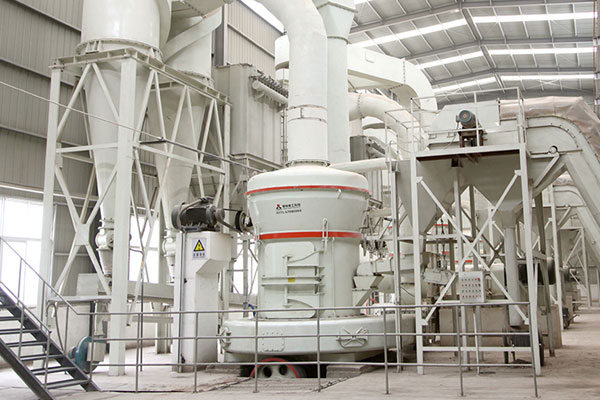Tailings, the byproduct of mineral extraction and processing, present significant environmental challenges. These fine-grained materials often contain residual minerals, chemicals, and other contaminants, posing risks to ecosystems and human health if not managed properly. To address these concerns, innovative technologies and approaches have been developed, including the implementation of tailings treatment grinding mills. This article explores the concept of tailings treatment grinding mills, their operation, and their potential benefits in enhancing environmental sustainability.
Tailings treatment grinding mills are specialized equipment designed to process tailings material to achieve several key objectives. Firstly, they aim to reduce the particle size of tailings, transforming them into finer particles that are easier to handle and manage. By breaking down the larger particles, grinding mills increase the surface area available for subsequent treatment processes, such as chemical leaching or flotation. This enhanced surface area promotes more efficient mineral recovery, maximizing the extraction of valuable resources from the tailings.
Secondly, grinding mills play a crucial role in the dewatering of tailings. The process of grinding generates heat, which aids in drying the tailings and reducing their moisture content. By reducing the water content, grinding mills facilitate the formation of stable tailings stacks or deposits, minimizing the risk of dam failures or seepage issues. Additionally, dewatered tailings occupy less space, reducing the overall environmental footprint of tailings storage facilities.

Grinding mills used for tailings treatment employ various techniques to achieve particle size reduction. The most common approach is through the use of tumbling mills, such as ball mills or rod mills, which utilize grinding media (e.g., steel balls or rods) to break down the material. Advanced grinding technologies, including high-pressure roller mills and vertical roller mills, are also being increasingly adopted due to their energy efficiency and ability to produce finer particles.
The implementation of tailings treatment grinding mills offers several environmental benefits. Firstly, by improving mineral recovery rates, these mills contribute to the efficient utilization of resources. By extracting additional minerals from tailings, mining operations can reduce the need for further extraction, thereby conserving natural resources and minimizing the environmental impact associated with new mining activities.
Moreover, grinding mills assist in the remediation of tailings by breaking down and liberating residual minerals. This allows for the implementation of subsequent treatment processes, such as leaching or flotation, to recover valuable elements or metals. Through efficient mineral recovery, the concentration of potentially harmful substances in tailings can be reduced, mitigating the environmental risks associated with their disposal.
Furthermore, the dewatering capability of grinding mills aids in the management of tailings storage. By reducing the moisture content, the stability of tailings stacks is enhanced, reducing the likelihood of catastrophic failures and the release of contaminants into surrounding ecosystems. The compacted nature of dewatered tailings also enables the reclamation of land, allowing for the rehabilitation of mining areas and the restoration of natural habitats.
In conclusion, tailings treatment grinding mills are instrumental in enhancing environmental sustainability in mining operations. By reducing particle size, facilitating efficient mineral recovery, and promoting dewatering, these mills contribute to the responsible management of tailings. Through the utilization of grinding mills, mining companies can maximize resource utilization, reduce environmental risks, and promote the reclamation of land. Continued research and development in tailings treatment technologies will further improve the efficiency and effectiveness of grinding mills, enabling the mining industry to minimize its environmental footprint and achieve sustainable practices.
